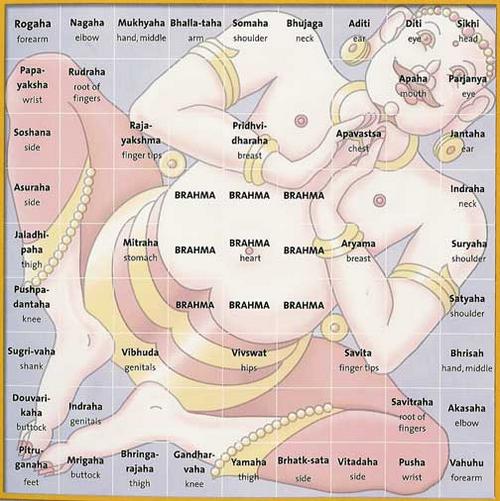Vastu Shastra, often referred to as Vastu, is an ancient Indian architectural science focused on creating harmonious living and working environments in alignment with natural forces and cosmic energies. Rooted in the philosophy of balance, Vastu emphasizes the interplay of the five elements—earth, water, fire, air, and space.
The cardinal directions hold significance, with each direction associated with specific energies and elements. Vastu considers room layouts, furniture placement, and the use of colors and materials to ensure optimal energy flow. Remedies, such as the use of symbols or gemstones, are suggested to rectify imbalances

In Vastu Shastra, the north direction is key for positive energies and prosperity. Ideal for the main entrance, it’s associated with water elements. Placing significant rooms in the north fosters prosperity, while cool colors and decluttering maintain a balanced environment. Consult a Vastu expert for personalized insights.
In Vastu, the northeast direction is considered highly auspicious. Placing a prayer room or meditation space in this direction is believed to attract positive energies. Using light colors and keeping the area clutter-free enhances its harmonious influence
In Vastu, the east direction signifies new beginnings and vitality. Placing the main entrance or a study in the east is considered auspicious. Use bright colors and ensure good lighting for positive energy flow and an invigorating atmosphere.
In Vastu, the south direction represents stability and strength. Placing important rooms like the master bedroom or office in the south is believed to promote stability and success. Use warm colors for a grounded and positive atmosphere
In Vastu, the southeast direction is associated with the fire element, making it ideal for the kitchen. Placing the kitchen here is believed to enhance prosperity. Use vibrant colors, keep the area well-lit, and ensure proper ventilation for positive energy.
In Vastu, the southwest direction is associated with stability and financial strength. Placing significant rooms, like the master bedroom or office, in the southwest is believed to promote long-term success. Earthy tones enhance the grounded and stable atmosphere
In Vastu, the west direction represents fulfillment and creativity. Placing the main entrance or creative spaces in the west is considered auspicious. Use pastel colors to enhance positive energy and foster a harmonious atmosphere.
In Vastu, the northwest direction symbolizes opportunities and helpful connections. Placing a guest room or office in the northwest is considered auspicious. Use light colors and ensure good ventilation for positive energy flow and social harmony.
Swastik Vastu, led by consultant Sachin Chavan in Goa, is dedicated to harmonizing living and working spaces with the principles of Vaastu Shastra.